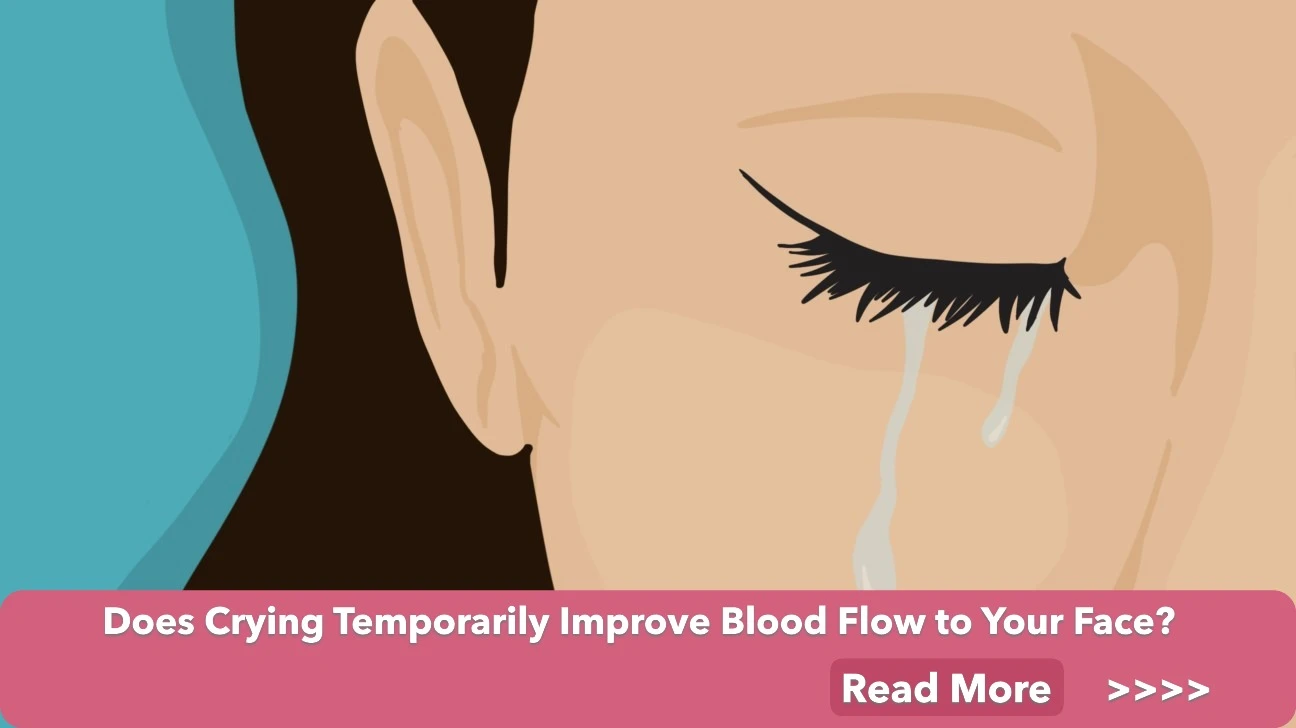Does Crying Temporarily Improve Blood Flow to Your Face? Exploring the Science Behind Tearful Blush
Does Crying Temporarily Improve Blood Flow to Your Face? Exploring the Science Behind Tearful Blush
Almost everyone has experienced the flushed, slightly swollen look that often follows a good cry. But why does this happen? Does crying actually boost blood flow to your face, and if so, does it have any real benefits for your skin? Let’s take a closer look at the science behind what many people call the “tearful blush.”
Why Your Face Flushes When You Cry
Crying is more than just shedding tears—it’s part of a complex emotional and physical response. When you cry, your body activates the parasympathetic nervous system, which helps calm you after stress. But before that calming phase, intense emotions often trigger the sympathetic nervous system—the same system responsible for the “fight-or-flight” response.
This activation increases blood flow and dilates tiny blood vessels, known as capillaries, especially in the delicate skin around your eyes and cheeks. That’s why your face often becomes red and feels warm after crying.
The Role of Blood Flow
During crying, there is a temporary increase in blood circulation in the facial area. As tears roll down your cheeks, they stimulate the skin and underlying tissues, encouraging capillaries to widen. Additionally, the physical act of sobbing and breathing heavily can increase your heart rate slightly, which in turn helps pump more blood to your face.
This surge in circulation is usually short-lived, lasting only while the crying episode continues and briefly afterward. It’s what gives your skin that flushed or rosy look many notice after an emotional release.
Does This Increased Blood Flow Benefit Your Skin?
Theoretically, improved blood flow brings more oxygen and nutrients to skin cells while helping carry away waste products. Temporary boosts in circulation can also give skin a softer glow or make it look a bit plumper immediately afterward.
However, these effects are modest and short-term. Crying isn’t a reliable way to improve your skin’s health in the long run, and its benefits don’t compare to proven methods like massage, regular exercise, or skincare products that support circulation.
Potential Downsides
While a post-cry “blush” can give your face a slightly brighter appearance, frequent or intense crying can also irritate the skin:
-
Redness and swelling: Dilation of blood vessels leads to puffiness and redness around the eyes and cheeks.
-
Dryness: Tears contain salt, which can dehydrate your skin.
-
Skin sensitivity: Rubbing your face or eyes while crying can worsen irritation and contribute to fine lines or redness.
If you cry often or have sensitive skin, following up with gentle skincare—like rinsing your face with cool water and applying a hydrating moisturizer—can help protect your complexion.
The Emotional Impact
Beyond the physical effects, crying serves an important emotional purpose. It can release built-up stress and help you feel calmer afterward, which may indirectly improve your skin by lowering stress hormones like cortisol. Chronic stress can worsen skin conditions such as acne and eczema, so occasional crying might support skin health in this indirect way.
In summary:
Crying does temporarily increase blood flow to your face, giving it that flushed, tearful glow. While this isn’t a lasting beauty treatment, it reflects your body’s natural response to strong emotions. The real benefit of crying is emotional relief—and when stress goes down, your skin often looks and feels healthier, too.

Related Blog
What Causes Oily Skin and Can It Be Managed Naturally? Exploring Root Causes and Gentle Solutions
Aug 2, 2025 by Admin
General
What Are the Signs That You Have Sensitive Skin? Key Symptoms to Help You Identify This Delicate Skin Type
Aug 1, 2025 by Admin
General